On September 4th, 2024, HUAWEI once again stunned the industry by launching the world's first commercial triple foldable smartphone, the HUAWEI Mate XT, which uses an innovative folding mechanism—one hinge folds inward, and another folds outward—successfully elevating the bi-fold era to the tri-fold era. Behind this success lies a crucial core component: the hinge, also referred to as the MIM pivot. This part is manufactured via Metal Injection Moulding (MIM), a technology capable of consistently producing the extremely small, high-strength, and ultra-precise complex metal parts required for mass production.

The HUAWEI Mate XT is just the tip of the iceberg. This breakthrough is a testament to the demands of high-value customers (HVCs) like HUAWEI, who seek the ultimate in performance, design innovation, and reliability. For these industry leaders, MIM technology is no longer merely a manufacturing process; it is the strategic foundation for achieving high added value and market differentiation.

So, how exactly does MIM—this precision manufacturing technology—help HVCs solve their critical business pain points and secure a substantial return on investment (ROI)? To answer this, we must first analyze the core manufacturing challenges hindering their ambitious product roadmaps. These constraints are:
1. The Cost-Efficiency Paradox: The Unsustainable Burden of CNC
HVCs frequently navigate a challenging transition: while CNC machining excels for prototypes and low-volume requirements, its cost curve becomes unsustainable when projects demand consistent, complex components in volumes of tens of thousands or even millions. For HVCs aiming for mass-market dominance, the incremental costs and inevitable efficiency bottlenecks of traditional milling and grinding operations present a critical strategic loss of market timing. This scalability barrier threatens to price their premium products out of the competitive landscape.
2. The Nightmare of Complex Structural Design: Limitations of Traditional Processes
HVCs rely on unique, miniaturized mechanical structures—like the innovative multi-axis hinges in the Huawei triple foldable smartphone—to achieve product differentiation and market distinction. Yet, traditional processes such as stamping, casting, standalone machining impose rigid limitations. When confronted with demands for complex geometries, ultra-thin walls, or high degrees of freedom, these processes force design compromises. This inability to execute on cutting-edge designs means traditional manufacturing becomes a severe constraint on the product innovation required for HVCs to maintain their competitive edge.
3. The Conflict Between Miniaturization and Strength: Unmet Performance Needs
When products must be miniaturized to the extreme while simultaneously demanding high strength, superior wear resistance, and high consistency, parts made by traditional methods often fail to meet all requirements. Take HUAWEI Mate XT for example, the MIM hinge needs to withstand tens of thousands of cycles, so the hinge itself must be ntricate and highly integrated to manage the complex triple-folding mechanism within limited space, which only the MIM process—by producing small, complex, and fully dense metal components—can guarantee in mass production.

MIM Technology: The Strategic Path to Breaking Limits for High-value Customers
For high-value clients, MIM acts as a direct countermeasure to the manufacturing constraints outlined above. True profitability is significantly influenced by the “hidden costs” embedded within production processes and supply chains. A primary advantage lies in maximizing material utilization. MIM is a near-net-shape process that efficiently transforms expensive metal powders into final parts, dramatically reducing scrap material and waste. Furthermore, MIM’s exceptional ability for one-step consolidation allows for the creation of complex geometries that would otherwise require multiple secondary operations (such as welding, brazing, or extensive machining). Plus, the high-volume, automated nature of MIM production enables shortened supply chains and rapid, consistent bulk delivery. This capability reduces inventory holding risks, lowers administrative overhead, and mitigates potential losses from delivery delays. For high-vaule customers prioritizing efficiency, quality, and quick time-to-market, MIM offers more than just a low part cost; it provides a comprehensive, systematic solution for Total Cost of Ownership (TCO) optimization.

The Blueprint for Tomorrow: MIM as the Engine of HVC Innovation
The hinge breakthrough in the HUAWEI Mate XT demonstrates how MIM technology is forging a new manufacturing path for high-value customers. By transforming costly materials efficiently and turning impossible designs into scalable realities, MIM offers more than just operational efficiency; it provides the strategic agility required to win in hyper-competitive markets. As high-value customers continue to push the boundaries of miniaturization and function, Metal Injection Molding stands ready, not merely as a supplier, but as the indispensable engine of the next industrial revolution, defining the blueprint for future product excellence.
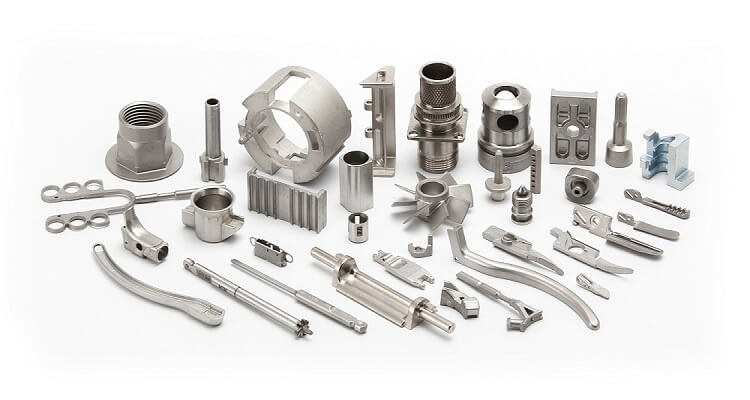

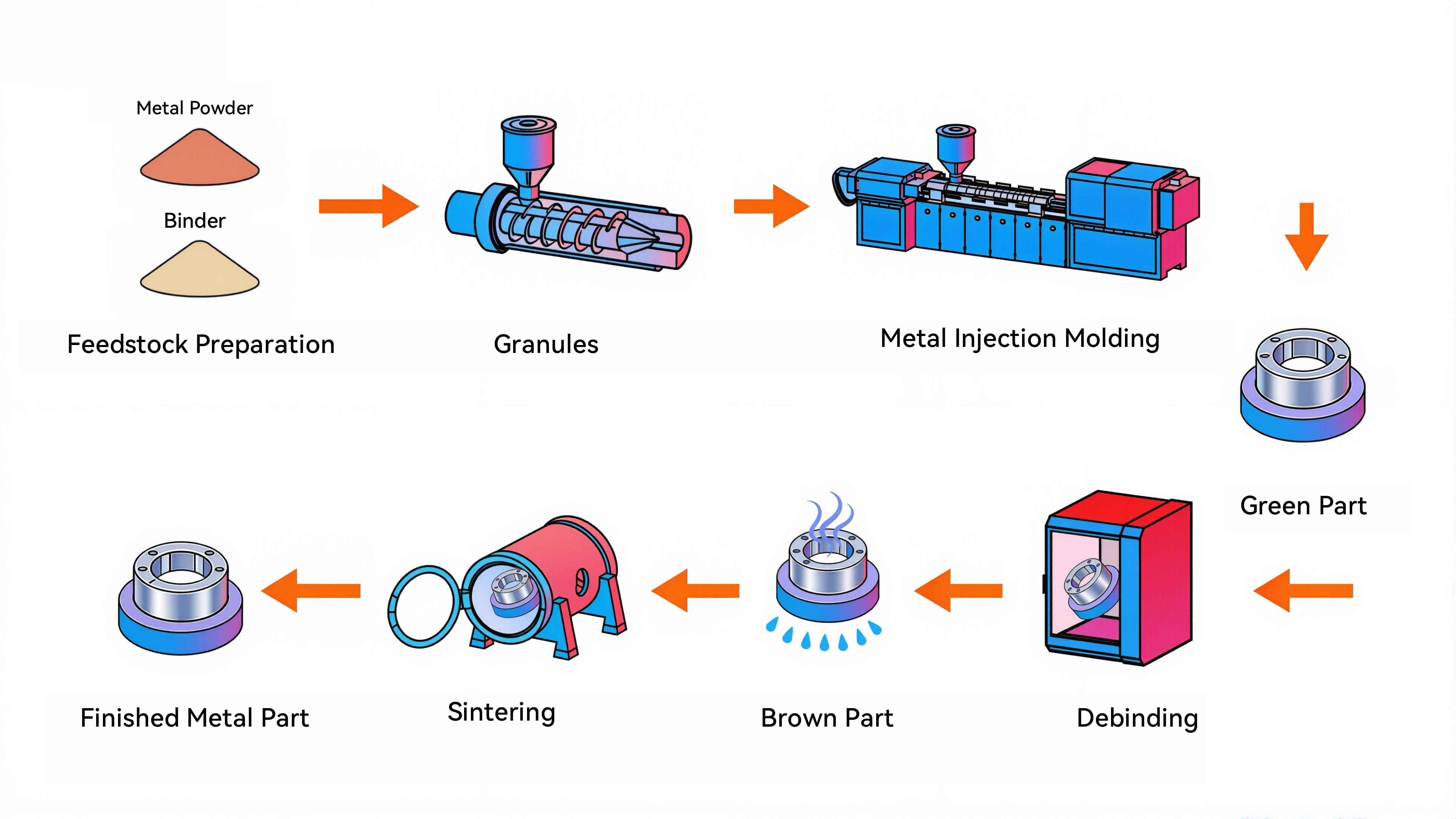
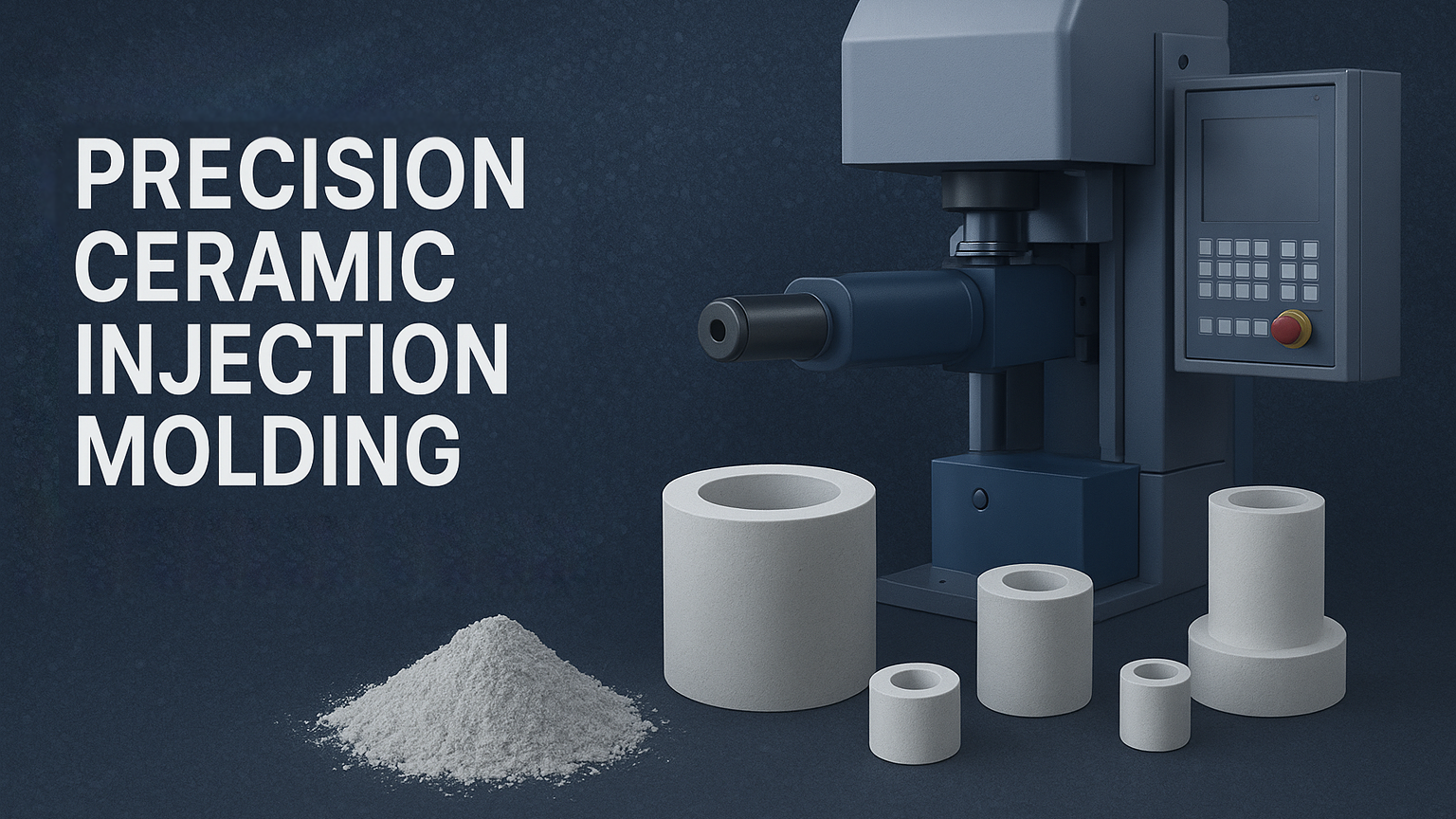
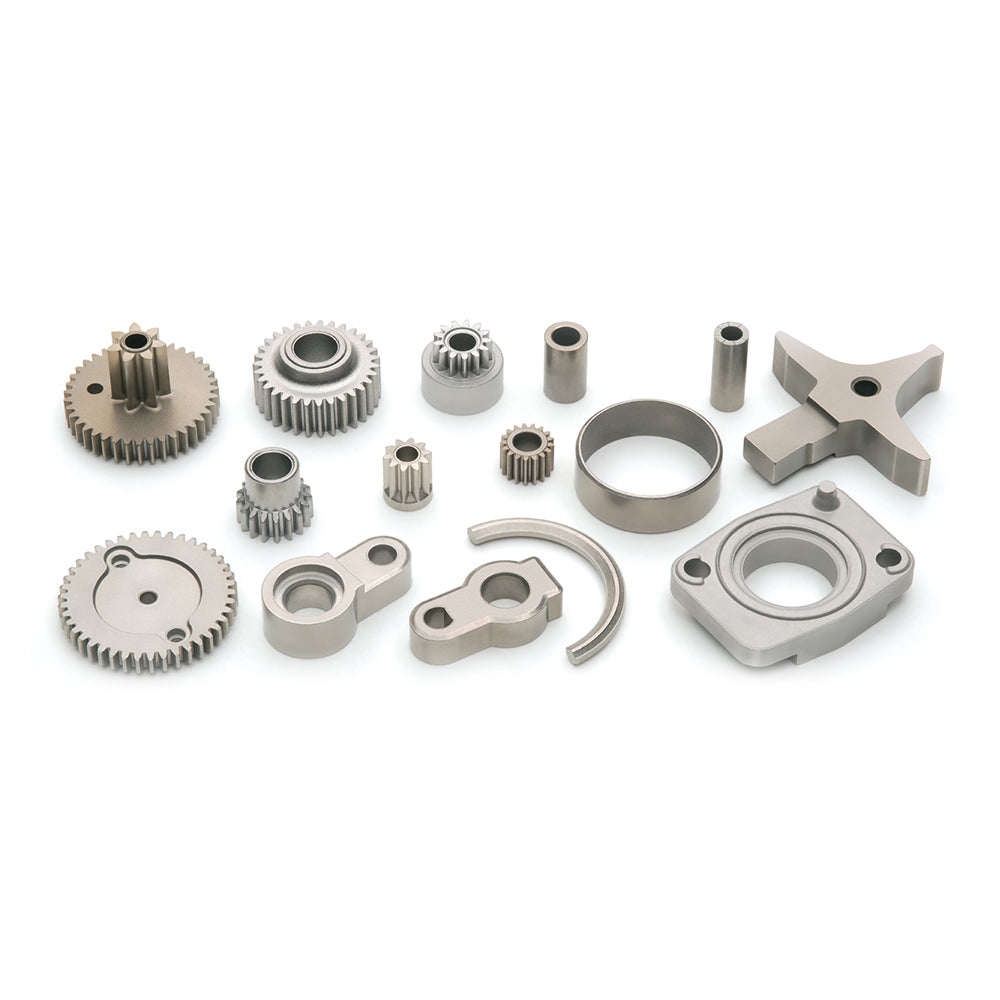
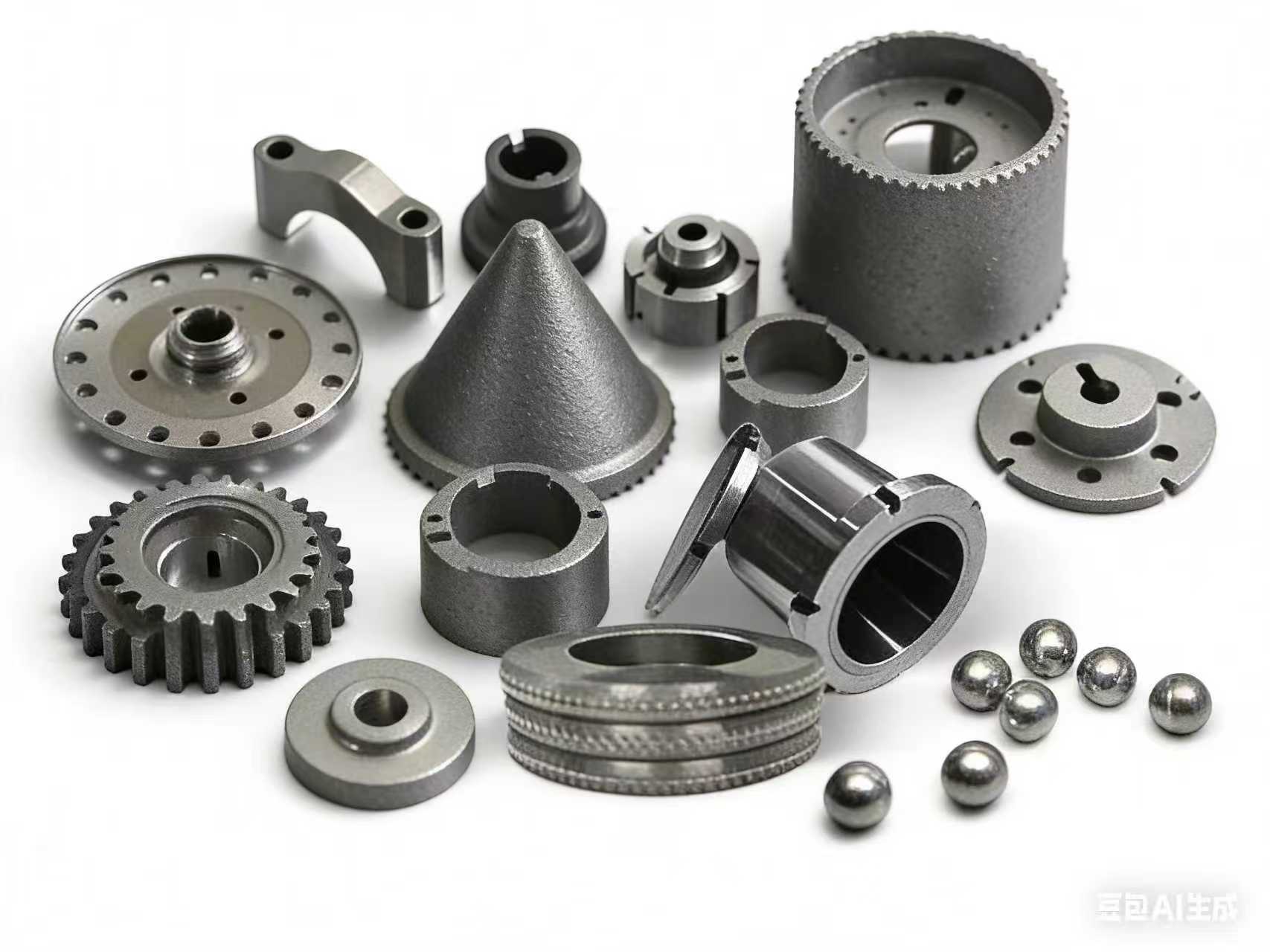


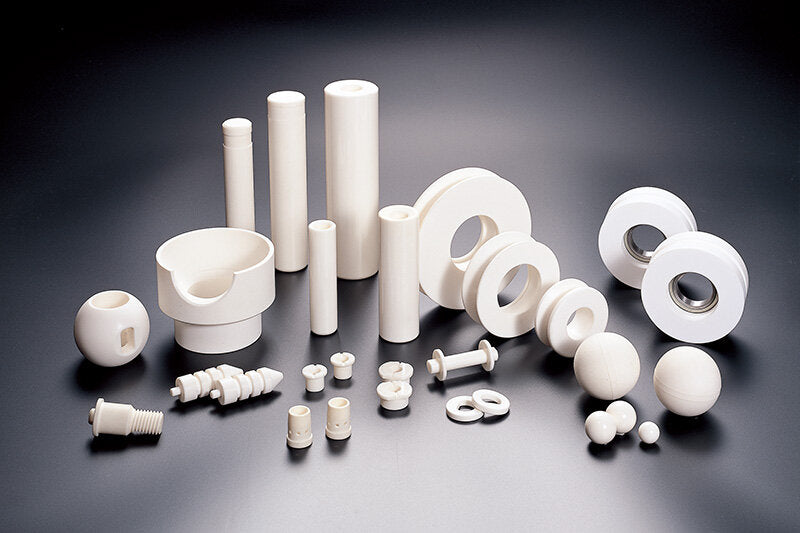
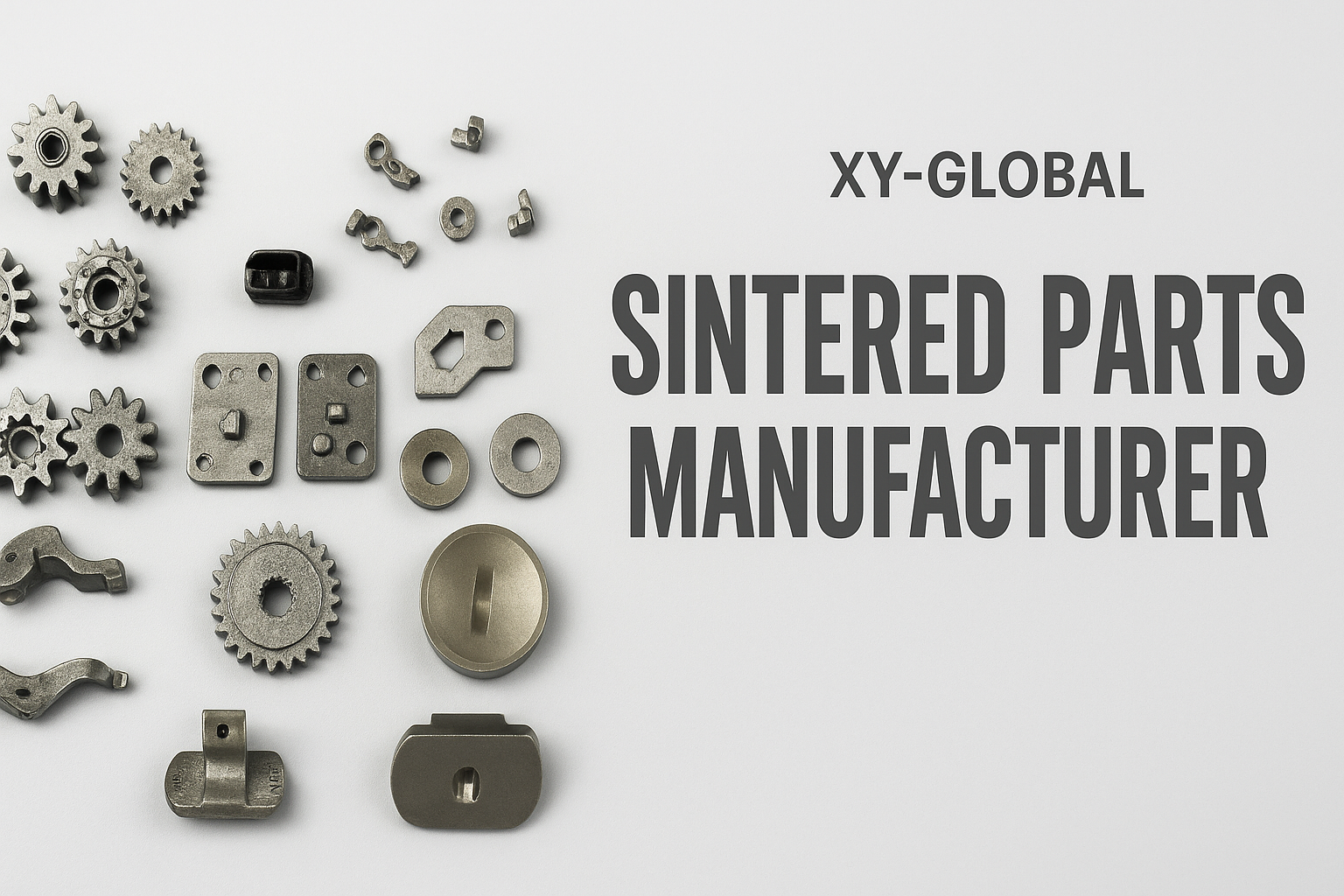
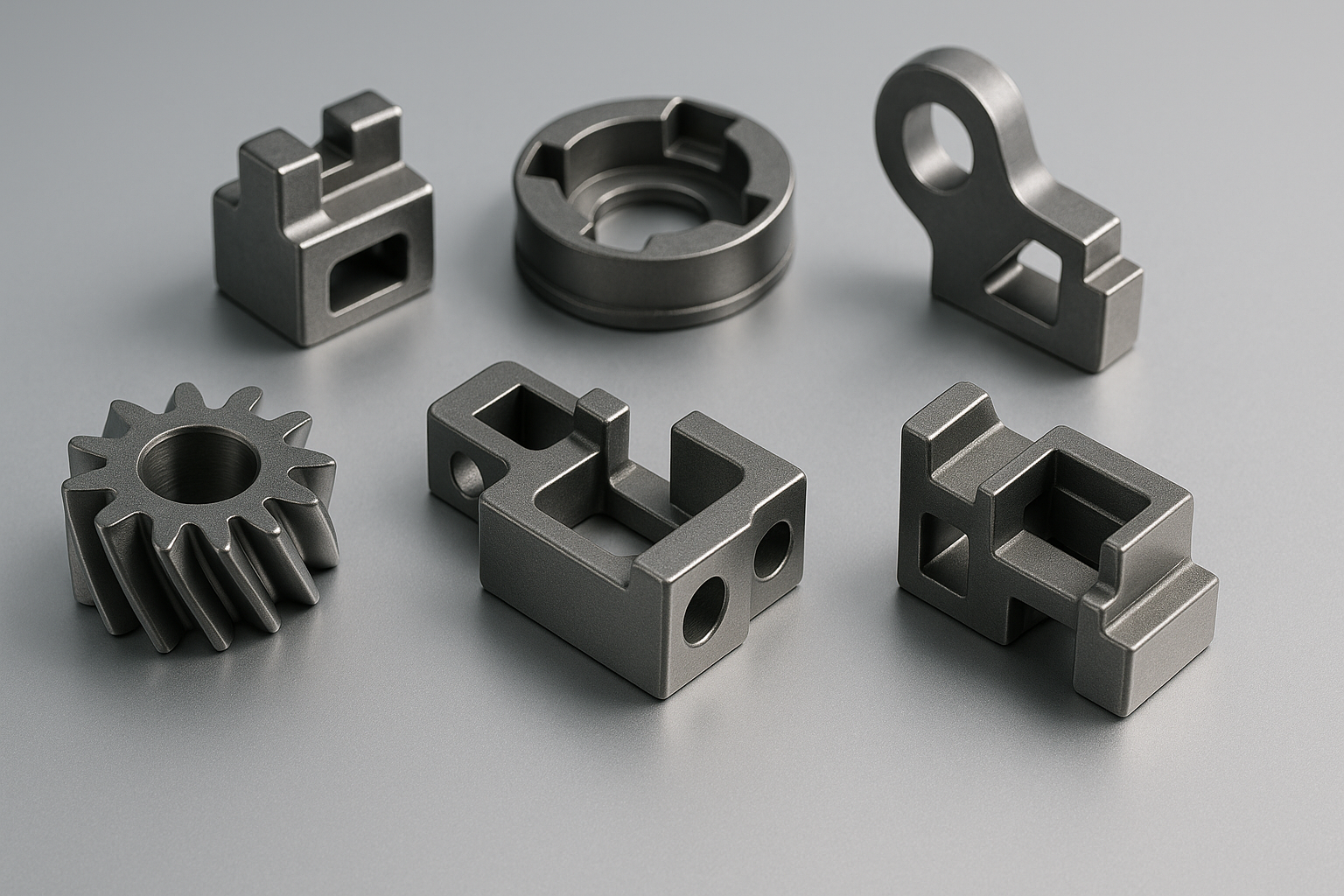
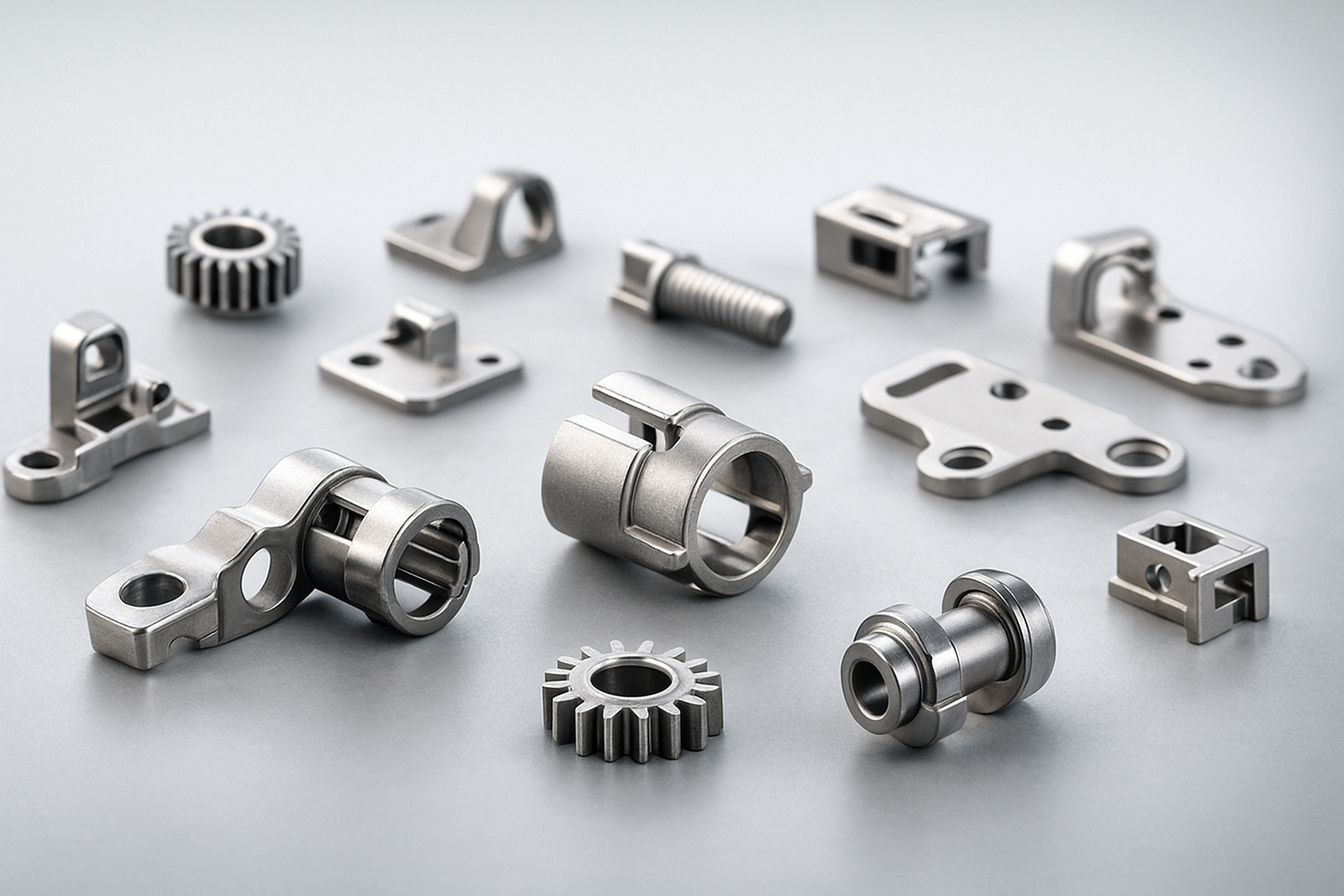
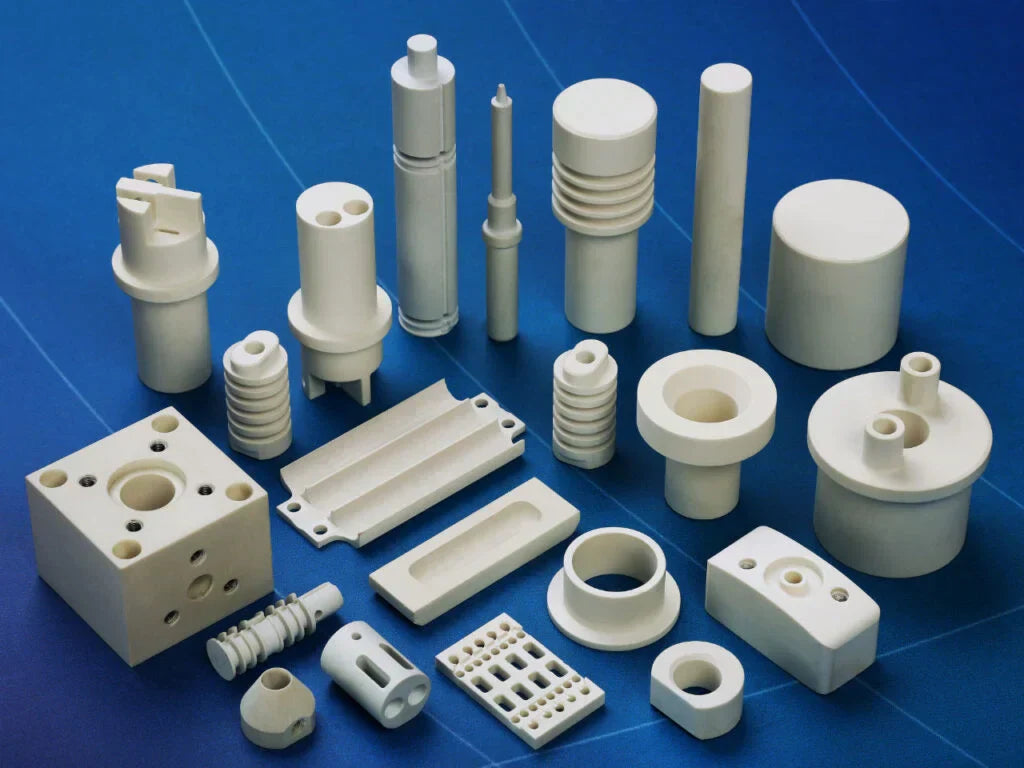
Share:
Precision Ceramic Parts Manufacturer: How to Select the Proper and Perfect One for You
Mechanical Machine Parts: What They Are, How They’re Made, and Why They Matter in Real Production